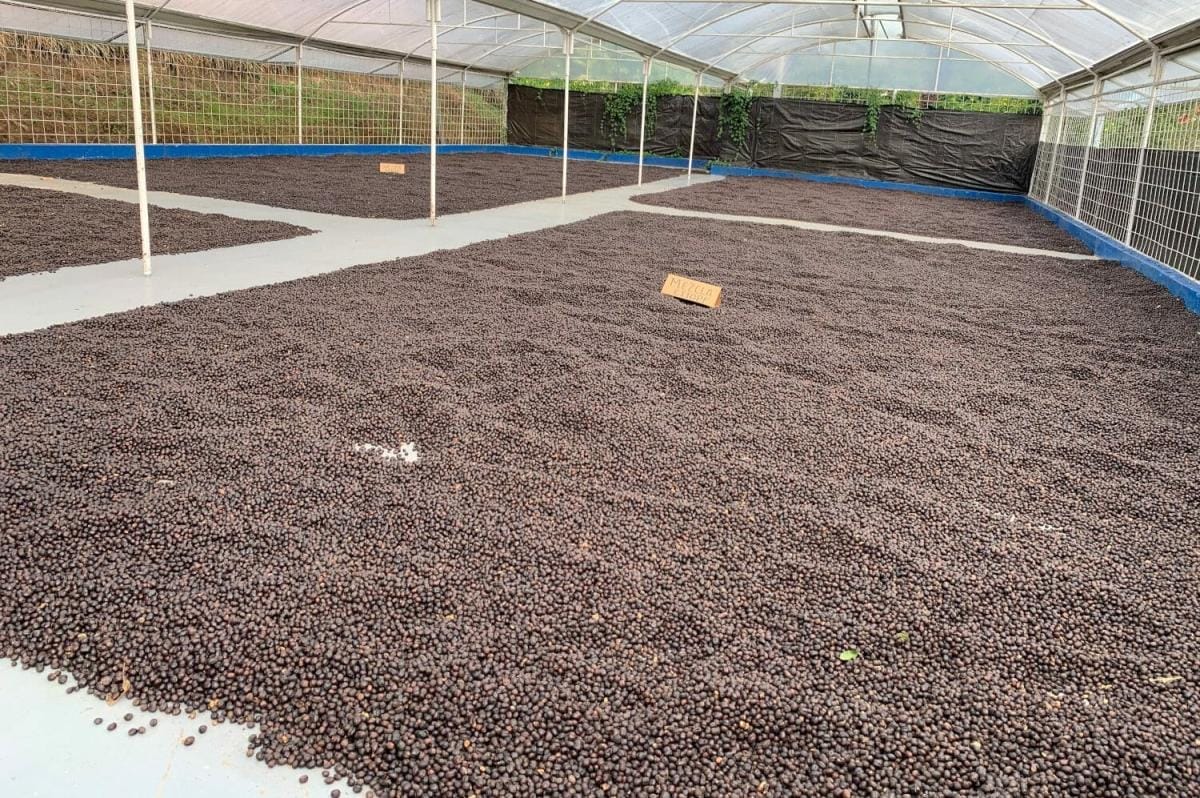No products in the cart.

Coffee Processing: Natural
The Natural processing style is the oldest form of processing coffee. It can be found around the world of varying qualities.
First, coffee is picked, either by hand or mechanically.
The coffee is sorted, typically by hand, to remove any under- or overripe cherries, leaves or sticks. In some cases, rotating screens may be used. Fully ripe, plump cherry will be stuck in the screen while smaller under- or overripe cherries will fall out. The whole cherries are laid out to dry intact.
Longer drying periods are generally associated with more fermented flavors. Controlling the drying can be done by adjusting the drying bed depth or adjusting how often the coffee is raked and rotated. Covering the coffee on cold nights or mounding it can help conserve some of the heat and increase the microbial activity.
As the coffee dries, different bacteria and yeast from the air will breakdown the sugary fruit of the cherry into various other compounds. These bi-products create the fruit-forward character of naturally processed coffee.
The drying process may take as long as 3-6 weeks, during which time the coffee must be monitored and turned consistently to create a uniform product free of defects.



